The massive infrastructure projects in Cambodia are part of a broader government strategy to modernise Cambodia’s transport and logistics network and upscale its ability to be a more pivotal hub for trade, tourism, and logistics.
These span projects that are underway nationwide and target specific needs to improve connectivity domestically and regionally, and require huge investments, but when these are completed over the next decade should place the Kingdom in a far stronger position for economic diversity and relevancy.
Coastal Logistics Hub - Upgraded Sihanoukville Autonomous Port
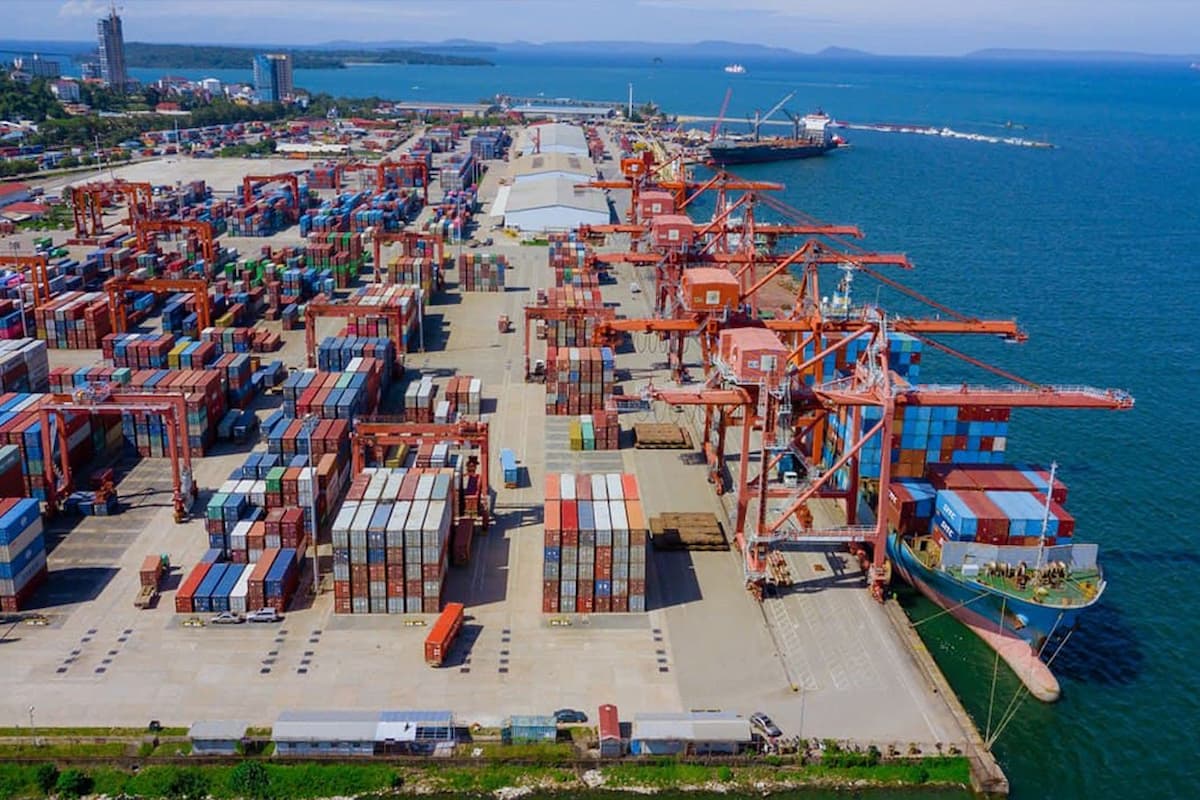
The southern coast of Cambodia has been and continues to be transformed by massive investments and ambitious large-scale projects. The important economic hub and gateway to the islands is at the forefront of Cambodia’s development ambitions, and investment in special economic zones (SEZ) is part of the national and provincial comprehensive 10-year master plan targeting sustainable, diversified growth through 2038, and much of this relies on international partner funding from China and Japan
Notably, the Sihanoukville Special Economic Zone (SSEZ) has more than 200 international companies operating in the SSEZ, and China further reaffirmed support for the Sihanoukville Special Economic Zone and supports Cambodia working toward its goal of becoming a high-income country by 2050.
The SSEZ is also hinged on the already in-use Phnom Penh-Sihanoukville Expressway, which has improved logistics and accessibility, cutting down the travel time from the nation's biggest port to the capital, while the Sihanoukville International Airport has had continual upgrades to support larger aircraft and rising passenger numbers by 2026.
The development means catering for a predicted larger population area in the region, so new real estate and property projects such as Time Square 10 Ocean View have begun.
But the biggest part of the logistics puzzle is the Sihanoukville Autonomous Port (PAS,) the Kingdom’s only deep-water seaport, which has been undergoing massive investment to upgrade its facilities to handle larger ships and more cargo as part of the repositioning to be a regional logistics hub. The upgrades include the expansion of ship berths and the acquisition of modern machinery aimed at improving port efficiency.
The PAS is expected to reach a handling capacity of 3 million TEUs by 2032, positioning it as a key regional logistics hub and at completion of the upgrade work, the port will have a 17.5-metre depth container terminal that can allow larger cargo ships from the United States and Europe to dock directly without transiting elsewhere.
Find out more about infrastructure projects in Sihanoukville
Transport Infrastructure - Techo International Airport
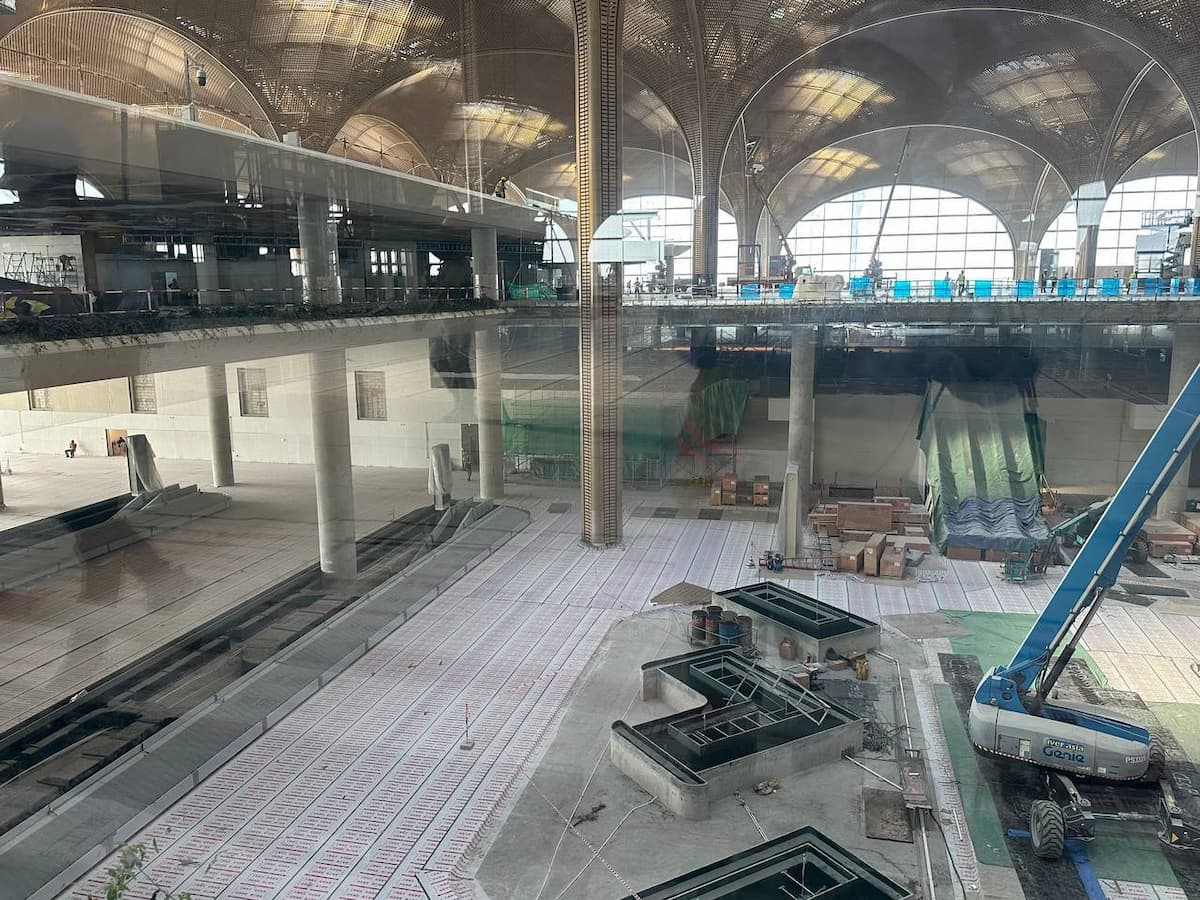
The national transportation infrastructure development aligns with broader urban expansion plans, and these infrastructure improvements will play a crucial role in supporting the various cities’ economic vibrancy and quality of life for their residents as well.
In the capital, the expansion has ventured south as the new airport in Phnom Penh, the Techo International Airport, is due to open in July 2025 (on the 10th of July if recent media articles are to be believed) after six years of construction.
The modern airport spans 2,600 hectares and is located south of the Cambodian capital and should be capable of handling between 13-15 million passengers annually, which will enhance connectivity, drive economic growth, and position Cambodia as a major regional travel hub.
Expected to be one of the largest airports in Southeast Asia, Techo International Airport will greatly expand flight routes, attracting more direct international connections to key global destinations, and the phased development is broken down as below:
- Phase 1 (2025) – A 4-kilometre runway capable of handling Code 4F aircraft with a passenger capacity of 15 million annually.
- Phase 2 (2040) – Expansion to 30 million passengers per year, improving connectivity and operational efficiency.
- Phase 3 (2050) – Full completion, boosting capacity to 45 million passengers annually, placing Cambodia among the region’s key air transport hubs.
There is a good track record in cities worldwide that major airport projects tend to boost property values in surrounding areas due to the increasing demand for residential and commercial developments near the airport. The byproduct is also the construction of additional infrastructure such as roads & highways, rail links, and commercial hubs.
Logistics Infrastructure By Road, Rail, and Sea
Funan Techo Canal
Arguably, the largest infrastructure project in the Kingdom in terms of changing the potential for Cambodia to be a real competitive player in the regional supply chain and logistics landscape is the Funan Techo Canal.
The project has been in the news for some years, and following the launch in 2024, the massive project was again in the spotlight as the leaders from China and Cambodia met in Phnom Penh in Q2 2025, signing further agreements and agreeing to fund the project
President Xi’s visit resulted in the signing of a USD 1.156 billion agreement for the construction of the Funan Techo Canal (FTC) project, which has a projected total cost of USD 1.7 billion.
Similar to previous projects with China, the canal will be developed under a Build-Operate-Transfer (BOT) model and will be managed by Funan Techo Coastal-Inland Waterways Company Ltd., a special-purpose company with joint ownership, with 51 per cent held by Cambodian firms and 49 per cent held by the China Road and Bridge Corporation. Cambodian shareholders include the Overseas Cambodian Investment Corporation (OCIC), Sihanoukville Autonomous Port (PAS), and the Phnom Penh Autonomous Port (PPAP).
The 150+ kilometre canal will stretch from the Bassac River in Phnom Penh to the coastal province of Kep, and will be able to handle vessels up to 3,000 deadweight tons (DWT) and underpins grand ambitions for the Kingdom’s position as a regional supply chain and logistics hub.
This also comes in the backdrop of logistics costs being seen as one of the biggest barriers to entry by some business groups. In Q1 2025, EuroCham Cambodia said, “Indeed, logistics remains one of, if not the, major challenges of doing business in Cambodia, in terms of cost, paperwork, relevance to trade in and out of Cambodia, regional connectivity and cross-border trade.”
The completed FTC is expected to cut shipping costs by potentially 70 per cent and facilitate smoother trade routes, thereby reducing Cambodia’s reliance on neighbouring country ports.
Railroad Developments Cambodia
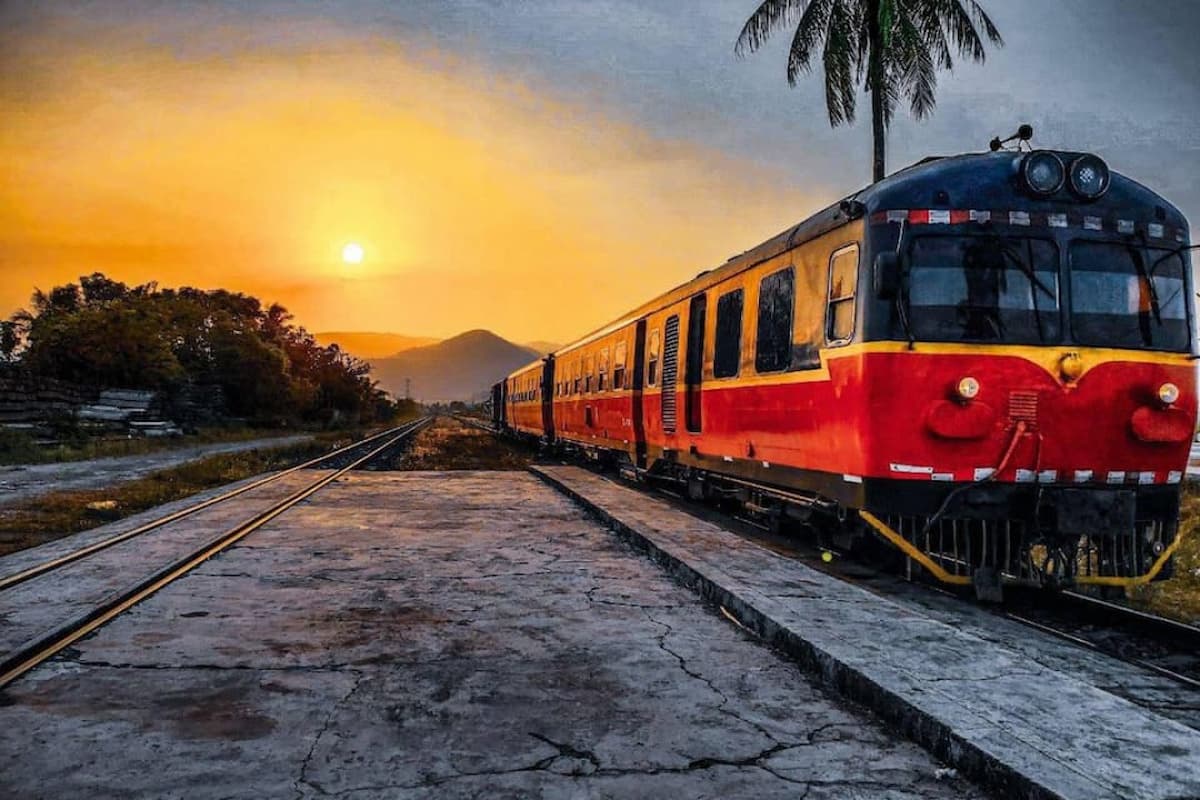
The Cambodian government issued a directive on the determination of Priority Sectors for Public-Private Partnerships Projects (2025-2035) in 2024, which highlighted transport and logistics as key priorities.
Sor Yilin, Director of the Department of Logistics Monitoring and Evaluation, said that based on the results of a corporate survey conducted in 2023, If we review from the first version of our corporate survey until now, there are a lot of significant improvements, particularly in logistics services," said Yilin. “But somehow, compared to the logistics cost of our neighbouring countries, it is still very high [in Cambodia]. So that is something that the government is trying to figure out while working closely with the private sector.”
The long-term plan from 2028 to 2033 for railway development to address this includes high-speed railways between Phnom Penh and Sihanoukville; Phnom Penh and Poipet; and Phnom Penh and Bavet on the Vietnamese border.
Another project touted is a possible high-speed rail network linking Cambodia to China via Thailand or Vietnam, with a US$ $4 billion price tag to develop the high-speed railway project, but for now it's only at a discussion stage.
Ambassador Wang. said, “I believe the Chinese side attaches great importance to railway cooperation, and we will actively promote it. We think that expanding railway collaboration will benefit both China and Cambodia, as well as enhance regional connectivity and improve the efficiency of transporting people and goods. As for which countries the railway from China to Cambodia will pass through, discussions are ongoing.”
In April 2024, the Minister of Public Works and Transport, Peng Ponea, affirmed that several studies have already been conducted for the railway development process, and a strategic plan has been drafted across two phases a medium-term plan from 2023 to 2027, and a long-term plan from 2028 to 2033.
The medium-term plan includes three railway development projects:
- Upgrade two existing railway lines (Phnom Penh-Sihanoukville and Phnom Penh-Poipet) to support higher-speed operations;
- Build a railway link connecting Phnom Penh to Techo International Airport.
- Build a railway link connecting Siem Reap International Airport to Siem Reap city.
Regionally, there are massive investments to connect an ASEAN rail network, but Cambodia still has no regular international routes. The latest example is Malaysia and Thailand agreeing to revive the direct train service between Kuala Lumpur and Bangkok in 2025.
Road Network Expansion and More Expressways
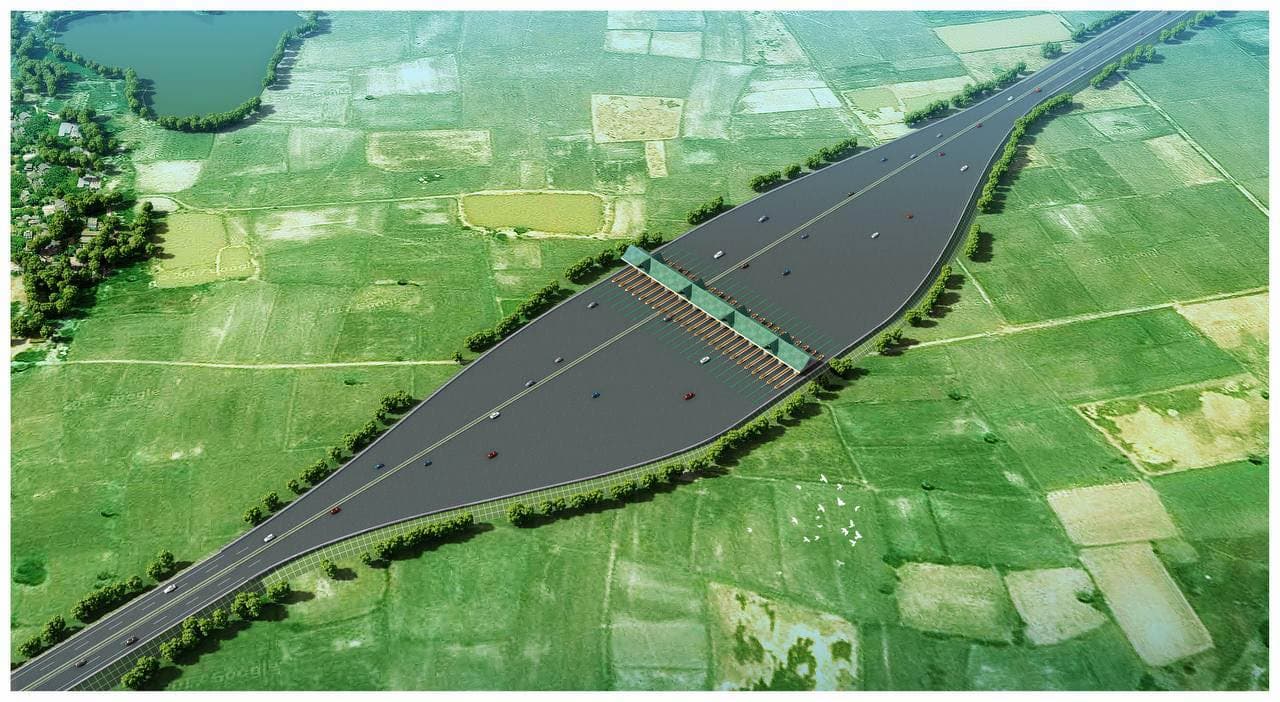
There are ongoing developments of multiple expressways, with the Phnom Penh-Sihanoukville Expressway launched in 2022.
The ongoing construction of the Phnom Penh-Bavet Expressway, which began in 2023 with a proposed construction period of 48 months and is scheduled for completion in 2027, will see the addition of a 138km expressway.
In mid-2024, the Ministry of Public Works and Transport (MPWT) reported that the feasibility study for the Phnom Penh-Siem Reap-Poipet Expressway had been completed, and if approved, when completed, will have a total length of 400 km, with an estimated total cost of US$ $4.2 billion.
This is in addition to several bridges that are being built in the urban centres and nationally to help ease access and improve efficient transportation.
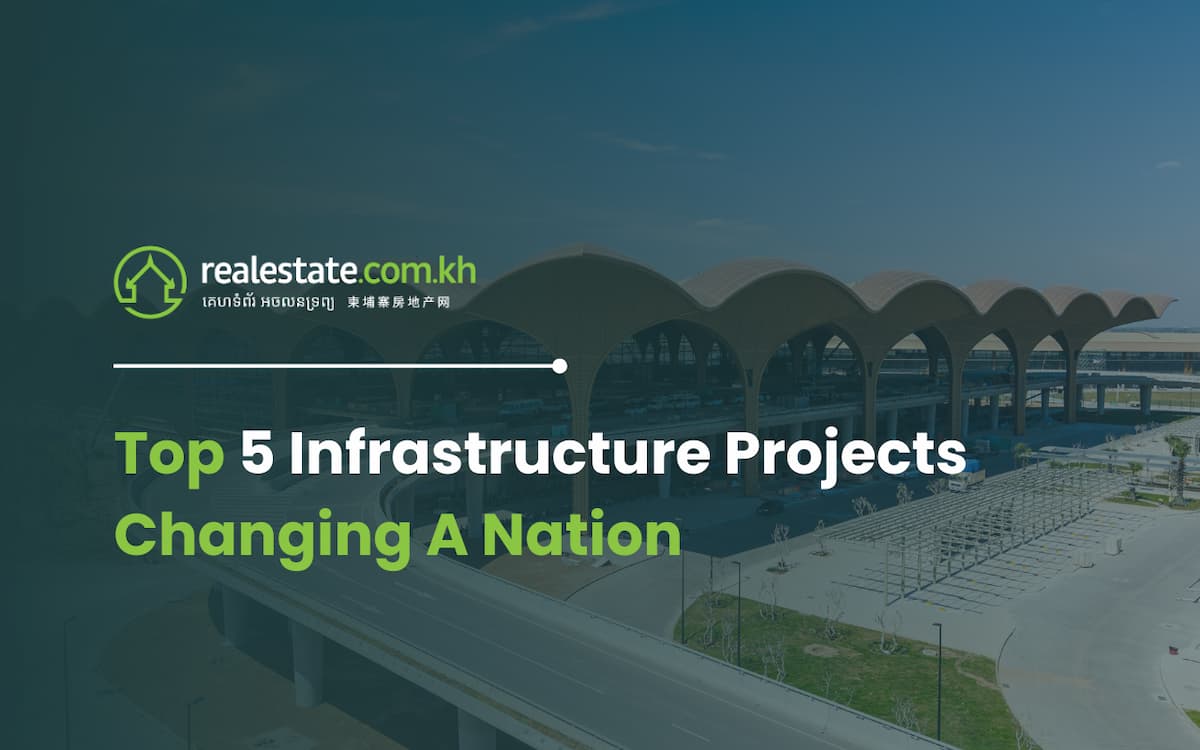

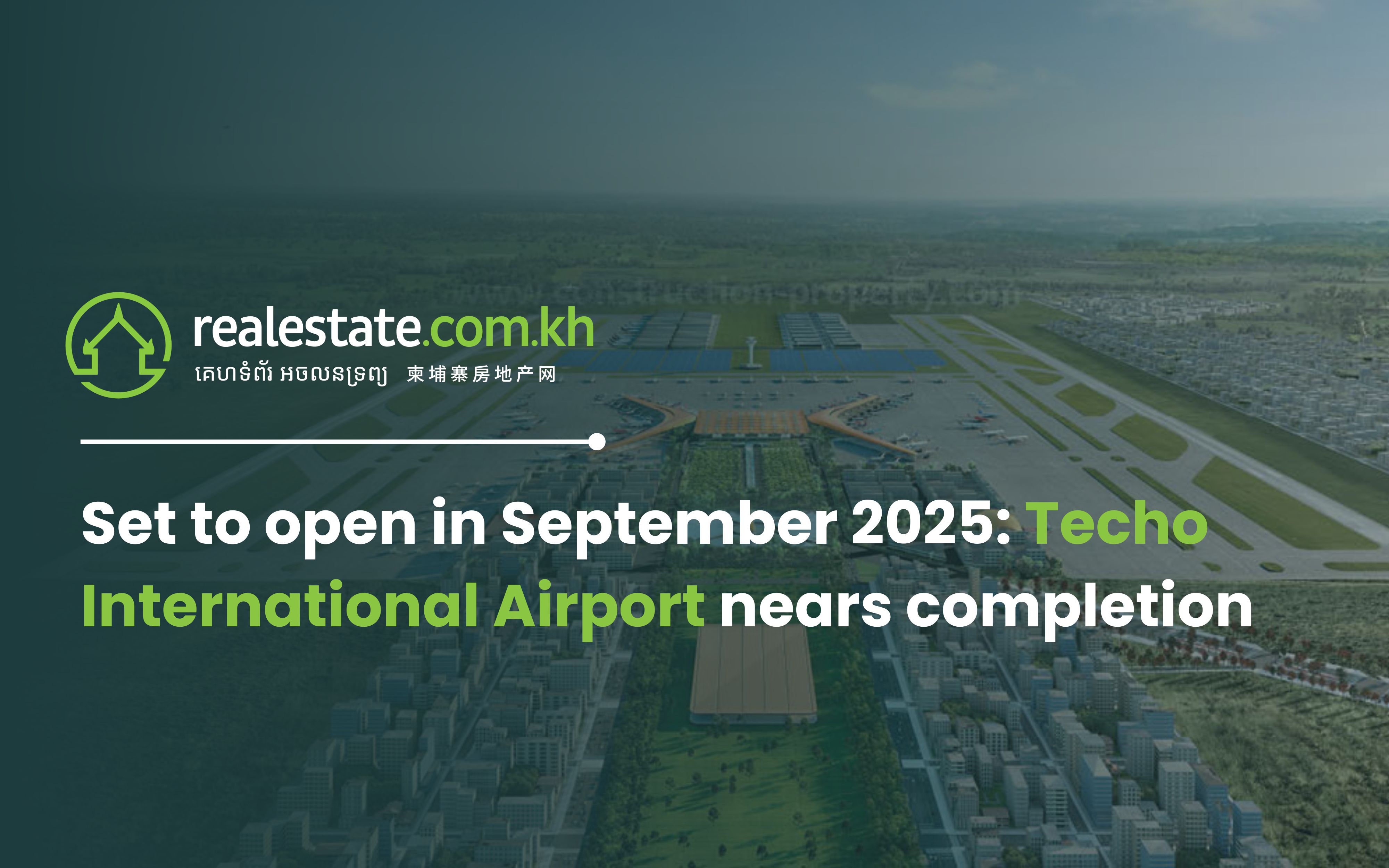

Comments